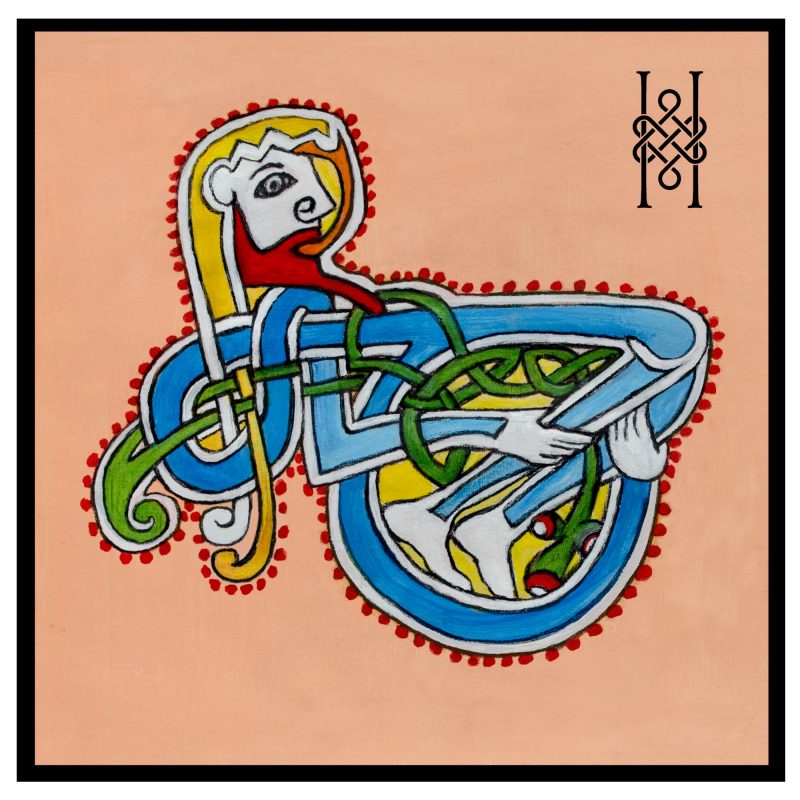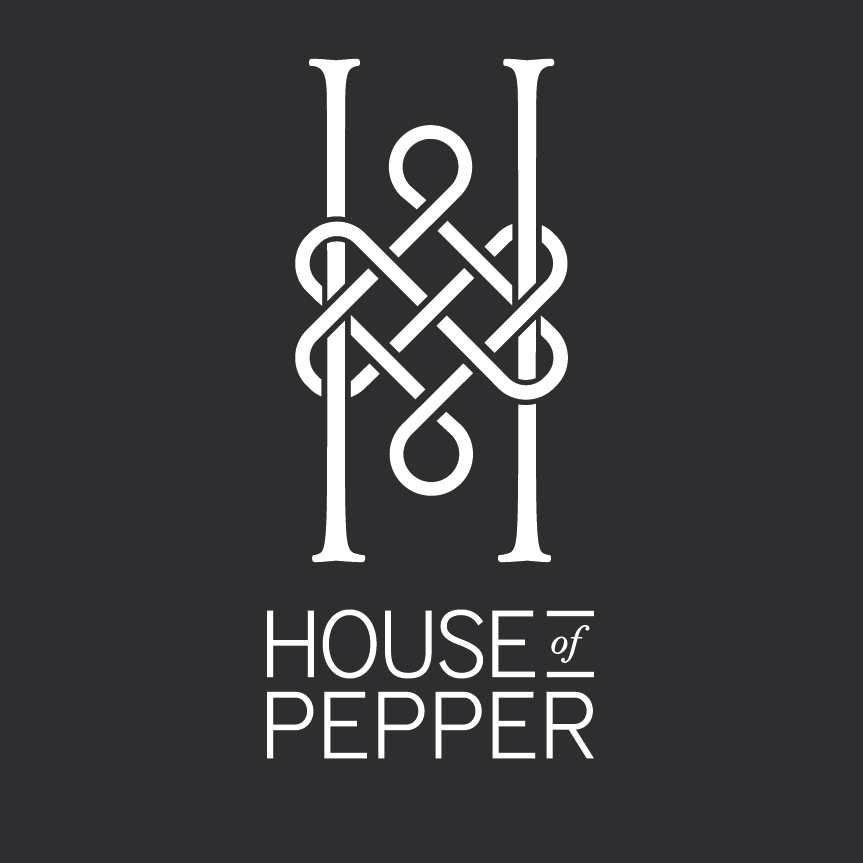Squatting Man from the Book of Kells

Book of Kells Squatting Man
Pagan laws forbade the copying of the work of the Creator and new abstracted figures were invented. The legs, arms, body, hair and beard were interlaced as shown in this image of the Squatting Man. The interweaving knot style still reads as a figure with arms around legs.
The Celtic figures in the Book of Kells were semi-realistic and incredibly challenging in comparison to the idealised Greek and Roman realistic statues. Only Saints and Angels in Celtic art law could be shown as realistic figures because they had died and were spiritual beings. The physique of the Saints and Angels in the illuminated manuscripts were just as perfect in proportions as any Classical figures. As George Bain, the great Scottish teacher points out, this proved that the observation skills of the Celtic artists were equal to any Classical artist.
New Vision and a New Method of Construction
The Squatting Man is but one example of the developed new vision established from an ancient culture. Distortion of the human body in conjunction with knot interlacing. The illuminated manuscripts are full of new ways of seeing. Not one figure or animal is repeated except as a border ornaments or as a symmetrical mirror pair.
A similar figure of a Squatting Man has been revealed as a small bone pin from Newbridge, Co. Kildare. It shows the same life pose and position and demonstrates how complex and correct the monk’s drawing was.
This image of the Squatting Man is an extraordinary example of ancient Celtic invention and vision. From folio 86 in the Book of Kells it forms the T Capital letter of the word “Tunc”. On the folio page the Squatting Man is found upside down, clasping his knees and at the top of the shaft of the first I letter of the “Ïnitium” page.
The red dots are a device used by the scribes to accent and add focus to the image motif on the page. The hair extension and interlace ends in spirals and the interlace (green) weaving over and under has a Tree of Life finial, partly hidden, near the feet. My copy of the detail from the Book of Kells folio 86r is a painted drawing on paper.
